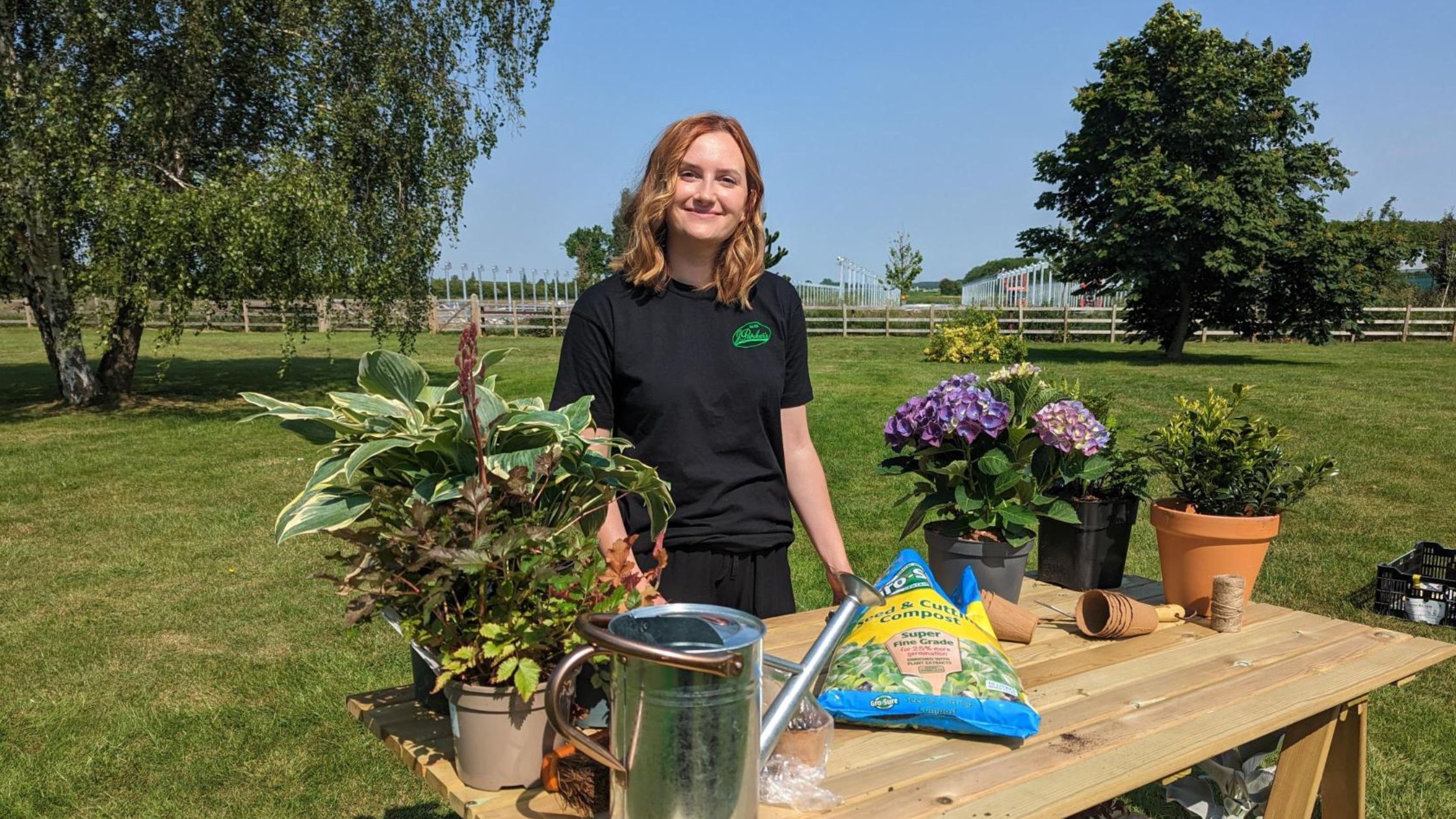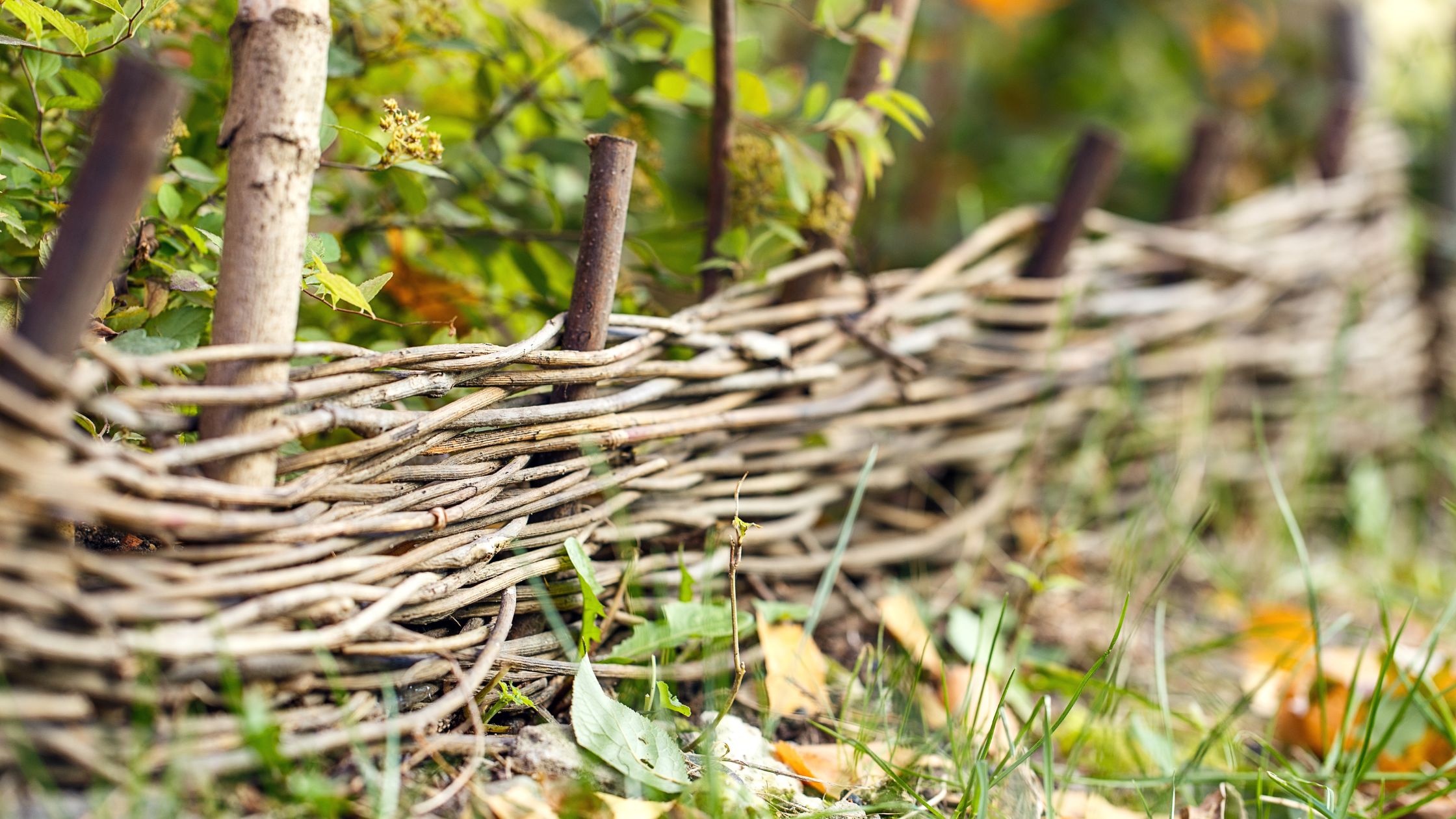Posted by Amber Williams on 2nd Apr 2024
Hannah's Tips for Gardening In the North

Even though our country is small, we have all kinds of climates just a short journey away from each other. Unfortunately, this can make gardening a bit of a guessing game, as some planting advice might not apply to your garden!
Planting can be particularly frustrating for beginner gardeners in the North of the UK. That’s why we’ve asked our RHS-certified gardening expert Hannah Rowson for her top tips for gardening in the North – one of the UK’s wettest and coldest areas of the country.
What plants do you recommend for shaded gardens?
Pulmonaria, Brunnera, Hosta, Dicentra spectabilis, Aquilegia, Hellebores, Hydrangeas, Viburnums, and Pieris are all great plants to grow in shaded areas of the garden.
Is it possible to grow a garden in wet soil conditions?
Yes, you can grow a garden that has incredibly wet conditions - you just need to alter the type of plant that you would use. Some plants need a lot of drainage (think Mediterranean plants and alpines) whereas others can withstand quite boggy ground. Evergreens like Heathers (Ericas), gaultheria, Rhododendrons (the hippophaeoides type with small leaves), berberis and Magnolia grandiflora are all great for boggy areas.
Other shrubs like Hydrangea paniculata and macrophylla will also do well. Physocarpus and weigela will also handle wet soil. If you’re after a perennial, you can lean towards marginal plants such as irises, which can grow on the edge of ponds. Herbaceous perennials like hostas, astilbe, lobelia and Zantedeschia aethiopica can withstand wet conditions too.
What plants do you recommend for Northern gardens that are more susceptible to late or early frosts?
There are plenty of plants that are frost-hardy and therefore perfect for northern gardens. The main thing is to ensure that winter-flowering plants are positioned in a more sheltered area in the garden. Plants such as magnolias or camellias are very hardy plants. However, their flowers can be ruined by early frosts so if you position these somewhere sheltered, they don't get sun in the early mornings.
Rhododendron yakushimanum, mahonia. chaenomeles, hamamelis and weigela are great shrub varieties that do well in a Northern Garden. Most cottage garden perennials that we're used to like digitalis, campanula, geum, nepeta, poppies and even peonies can also do well in a northern garden.
What are your tips for protecting plants from windy areas in the garden?
The main thing I would suggest is that on a windy day, you can take note of the parts of your garden that are sheltered maybe by a wall/fence or the house itself and the areas that are truly exposed. Then you can put plants that are susceptible to windburn/would ruin blossom away from the exposed areas and replace them with hardier plants in the exposed areas.
You should also stake any young trees to ensure they won't be damaged by strong winds. If you have a particularly exposed garden, you can create shelterbelts which break up the wind entering your garden such as planted trees or woven willow fences that filter the wind rather than blocking it.
What should you do with plants that don’t like waterlogged conditions in periods of constant rain?
As we are now getting higher levels of rainfall in the UK it will become obvious to quite a lot of us where this water will sit in our gardens and where it won't. I think the main thing I would do is to take note of this and for any plants in this spot that aren't happy, I would move to a better-drained area of the garden.
Once you know where the wet spots are, you can try to improve the drainage by adding organic matter or gravel to break up the soil. If your soil is particularly wet, you can plant this area accordingly with plants that like those conditions such as marginal plants.
What are common Northern Garden problems that people should look out for?
The main problem is just understanding that some more Mediterranean/warmer climate plants that can thrive down south just won't do as well up here and that is only down to the difference in temperature. It stays colder for longer up here and can drop quite far below freezing in some winters. But don't let this put you off! We can still grow olive trees and bay trees up here - they just need to be protected over winter. If you look after them, there's no reason why they won’t thrive.
The RHS website is a handy tool for looking at hardiness levels and cold conditions that plants can withstand. If there is a plant you want to grow, you can check it on their website and see if it can work for you.

